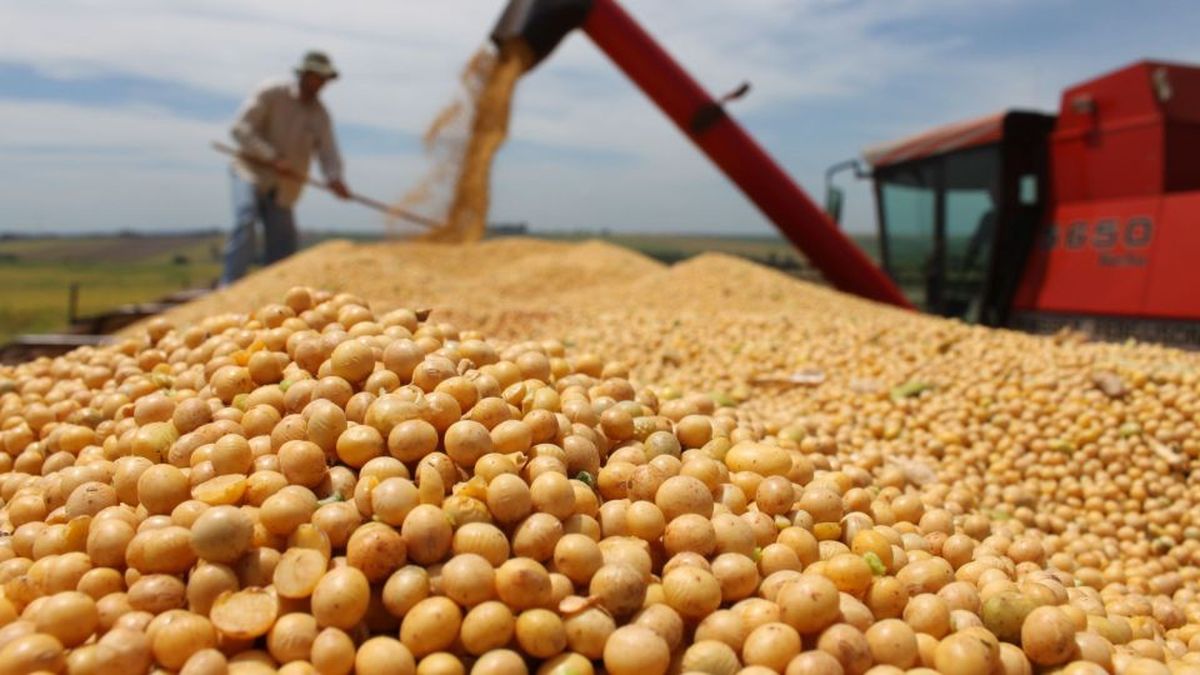In any case, there is an undeniable reality. The high international prices that the main agricultural commodities are showing will play in favor of the genuine generation of dollars throughout the year. Just a few days ago, the sowing of wheat began lukewarmly with the crop trading at historical highs, which closed the day at US$469.40 per ton. In this way, the projections anticipate that the winter cereal could not only add more hectares to agricultural crops in the coming weeks, but also generate a foreign exchange income of at least US$6,000 million if barley exports are also counted. .
The numbers seem to be all encouraging. But the truth is that the BCRA is showing a level of accumulation of reserves slower than expected, and it is because the market and the various deficit sectors continually demand dollars. The crossroads that arises then, is that beyond the record income from the field, the Argentine economy today has more expenses than income in dollars and that is why the accounts do not close.
In this framework, the quarters of May, June and July will be decisive for BCRA reserves. Because it is precisely in this period when the largest liquidation of dollars from the field is expected, which in the three months would widely exceed US $ 11,000 million. Meanwhile, as of the second half of the year, foreign currency income from agribusiness will begin to fall, but wheat and barley may become, as happened at the end of last year, the ace of spades for the Government.
The last campaign of the cereal, with a production of around 21 million tons, contributed to the economy about US$4,000 million. Now, the high international prices could add even more income that would begin to become effective as of November/December. In other words, the necessary bridge to close the year with the accounts in order and face in 2023.
So far, the most conservative projections anticipate that this year, only the main agro-industrial complexes (soybeans, wheat, corn, sunflower and barley) would contribute a total of US$41,000 million, but that account may rise to more than US$ s51,000 million if other export sectors such as meat and regional economies are added. So, ultimately the dollars are and will continue to come. The big question is whether the BCRA will be able to accumulate reserves and assist the loss-making productive sectors that need imports at the same time. The crossroads is raised.
Source: Ambito
David William is a talented author who has made a name for himself in the world of writing. He is a professional author who writes on a wide range of topics, from general interest to opinion news. David is currently working as a writer at 24 hours worlds where he brings his unique perspective and in-depth research to his articles, making them both informative and engaging.




